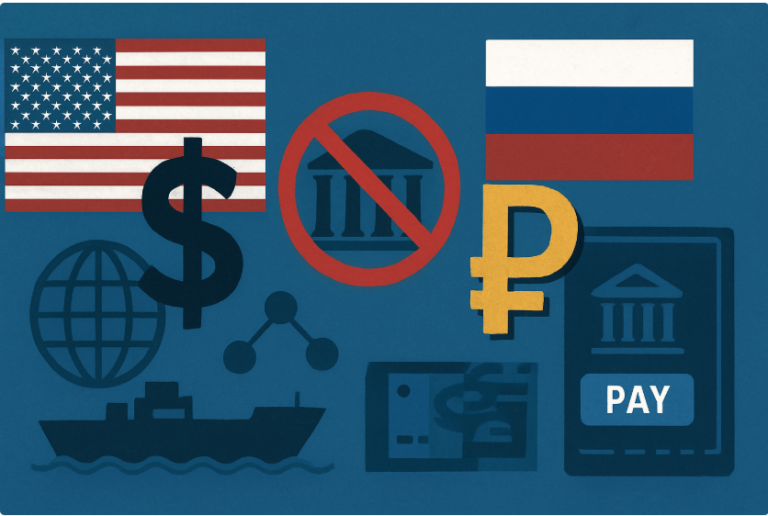AI’s Trillion-Dollar Influence: Reshaping the US Stock Market and Workforce
Artificial Intelligence (AI) is no longer just a futuristic concept — it has become a trillion-dollar force driving seismic shifts in the US stock market and workforce dynamics. From powering growth in mega-cap tech companies to disrupting traditional jobs, AI is redefining both Wall Street strategies and Main Street realities.
AI’s Impact on the US Stock Market
- Tech Giants Leading the Rally
Companies like Microsoft, Alphabet, and NVIDIA have seen market valuations soar as investors bet on AI-driven growth. NVIDIA, for example, became a centerpiece of the AI stock boom, thanks to its dominance in GPU chips powering AI applications.
2. AI as a Growth Catalyst Across Sectors
- Healthcare: AI improves drug discovery timelines, diagnostics, and personalized treatments.
- Finance: Algorithmic trading, fraud detection, and customer personalization boost profitability.
- Retail: Predictive analytics and AI-powered supply chains cut costs and drive efficiency.

3. Investor Sentiment
With trillions flowing into AI, analysts call it the “next industrial revolution.” ETFs and mutual funds targeting AI stocks are attracting strong inflows, signaling long-term belief in AI’s economic transformation.
AI and the US Workforce
While AI creates unprecedented opportunities, it also sparks challenges:
- Job Disruption
Roles in data entry, customer service, and even parts of legal and financial analysis are increasingly automated. According to recent studies, millions of US jobs could be displaced by AI by 2030.
2. New Job Creation
At the same time, AI fuels demand for:
- Machine learning engineers
- Data scientists
- AI ethicists and policy specialists
- Cloud infrastructure developers
3. Upskilling the Workforce
Policymakers and corporations are prioritizing AI skills training to prepare workers for high-demand fields, ensuring that humans and machines can collaborate effectively.
Broader Economic Consequences
- Productivity Boost: AI could add $15.7 trillion to global GDP by 2035, with the US being a primary beneficiary.
- Inflation and Wages: AI-driven efficiency may help reduce costs, but wage inequality could widen between high-skilled and low-skilled workers.
- Policy and Regulation: The US government faces mounting pressure to regulate AI’s risks while enabling innovation.
Conclusion
AI’s trillion-dollar influence is reshaping the US stock market and transforming the workforce. For investors, the AI boom presents opportunities akin to the early days of the internet. For workers, it brings challenges but also pathways to new, high-value careers.
As AI continues its rapid evolution, one thing is clear: it is not just a technological upgrade — it is an economic revolution.
About MarketFacts
MarketFacts provides in-depth investment research, market analysis, and portfolio insights across asset classes and geographies. Our mission is to help investors make informed decisions to invest safely in increasingly uncertain investment scenarios using our investment research reports.






